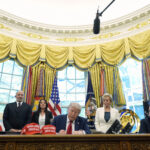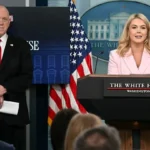Iran will hold a runoff presidential election pitting a little-known reformist against a hard-line former nuclear negotiator after results released Saturday showed the lowest-ever poll turnout in the Islamic Republic’s history. More than 60% of voters cast no ballot in the race that saw reformist Masoud Pezeshkian best Saeed Jalili, who competed alongside two other hard-liners. With Jalili now alone in facing the cardiac surgeon, Pezeshkian’s campaign would need to draw voters to the July 5 runoff in an election they’ve otherwise not taken part in as public anger hardens following years of Iran facing economic hardships and mass protests under its Shiite theocracy.
Quick Read
- Runoff Election: Iran will hold a runoff on July 5 between reformist Masoud Pezeshkian and hard-liner Saeed Jalili after a low turnout of 39.9%.
- Candidates: Pezeshkian, a cardiac surgeon, faces Jalili, a former nuclear negotiator known for his hard-line views.
- Public Discontent: Over 60% of voters abstained, reflecting widespread dissatisfaction with the candidates and system.
- Historical Context: This is Iran’s second runoff election; the first occurred in 2005.
- Political Climate: The election occurs amidst economic hardships and ongoing regional tensions, with Iran enriching uranium at near weapons-grade levels.
The Associated Press has the story:
Iran to hold runoff election with reformist Pezeshkian & hard-liner Jalili after low-turnout vote
Newslooks- DUBAI, United Arab Emirates (AP) —
Iran will hold a runoff presidential election pitting a little-known reformist against a hard-line former nuclear negotiator after results released Saturday showed the lowest-ever poll turnout in the Islamic Republic’s history. More than 60% of voters cast no ballot in the race that saw reformist Masoud Pezeshkian best Saeed Jalili, who competed alongside two other hard-liners. With Jalili now alone in facing the cardiac surgeon, Pezeshkian’s campaign would need to draw voters to the July 5 runoff in an election they’ve otherwise not taken part in as public anger hardens following years of Iran facing economic hardships and mass protests under its Shiite theocracy.
“Let’s look at it as a protest in its own right: A very widespread choice to reject what’s on offer – both the candidates and the system,” said Sanam Vakil, the director of Chatham House’s Middle East and North Africa program. “That tells us a lot about public opinion and apathy, frustration. It sort of brings it all together.”
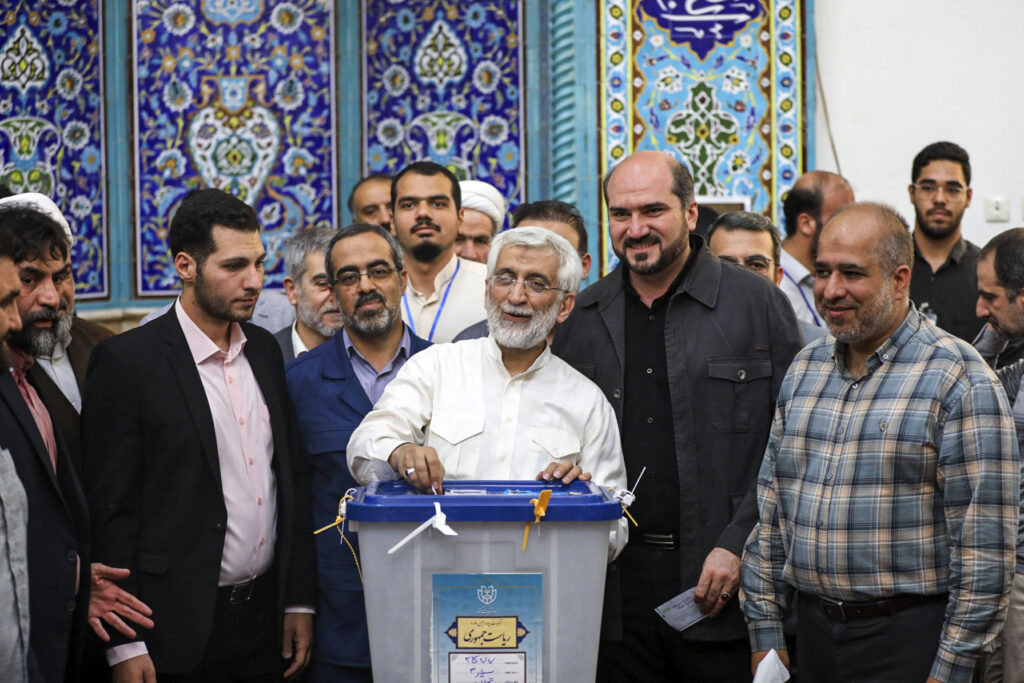
Of the 24.5 million votes cast in Friday’s election, Pezeshkian got 10.4 million while Jalili received 9.4 million, election spokesman Mohsen Eslami announced. Parliament speaker Mohammad Bagher Qalibaf got 3.3 million, while Shiite cleric Mostafa Pourmohammadi had over 206,000 votes.
Iranian law requires that a winner gets more than 50% of all votes cast. If not, the race’s top two candidates advance to a runoff a week later. There’s been only one other runoff presidential election in Iran’s history: in 2005, when hard-liner Mahmoud Ahmadinejad bested former President Akbar Hashemi Rafsanjani.
As has been the case since the 1979 Islamic Revolution, women and those calling for radical change have been barred from running, while the vote itself will have no oversight from internationally recognized monitors.
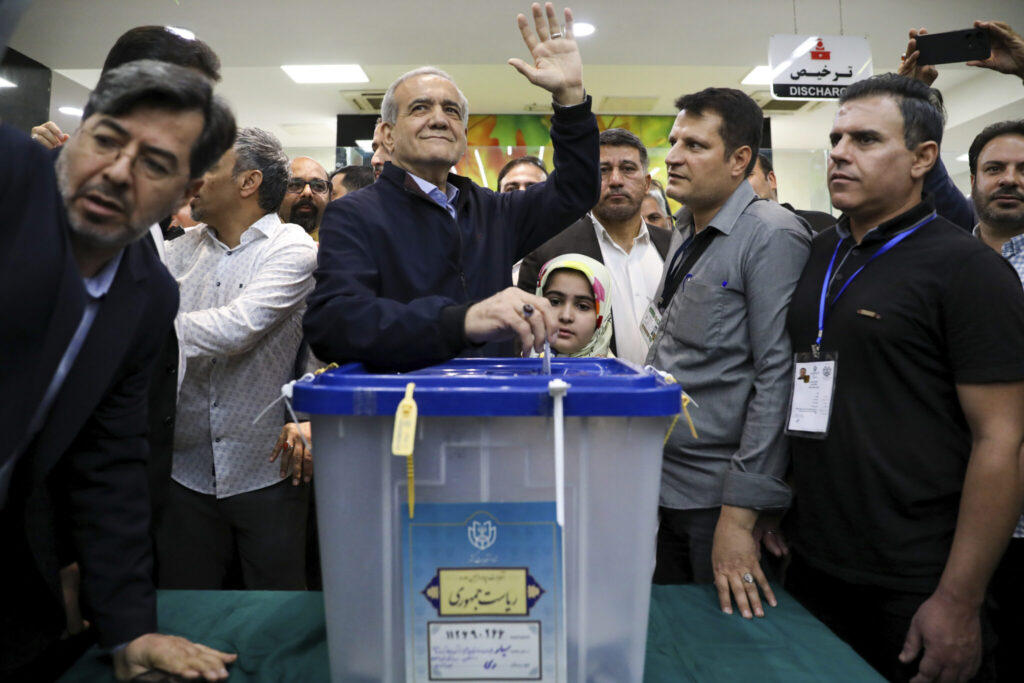
There were signs of the wider disenchantment of the public with the vote. More than 1 million votes were voided, according to the results, typically a sign of people feeling obligated to cast a ballot but not wanting to select any of the candidates.
The overall turnout was 39.9%, according to the results. The 2021 presidential election that elected Raisi saw a 48.8% turnout, while the March parliamentary election saw a 40.6% turnout.
There had been calls for a boycott, including from imprisoned Nobel Peace Prize laureate Narges Mohammadi. Mir Hossein Mousavi, one of the leaders of the 2009 Green Movement protests who remains under house arrest, has also refused to vote along with his wife, his daughter said.
There’s also been criticism that Pezeshkian represents just another government-approved candidate. In a documentary on the reformist candidate aired by state TV, one woman said her generation was “moving toward the same level” of animosity with the government that Pezeshkian’s generation had in the 1979 revolution.
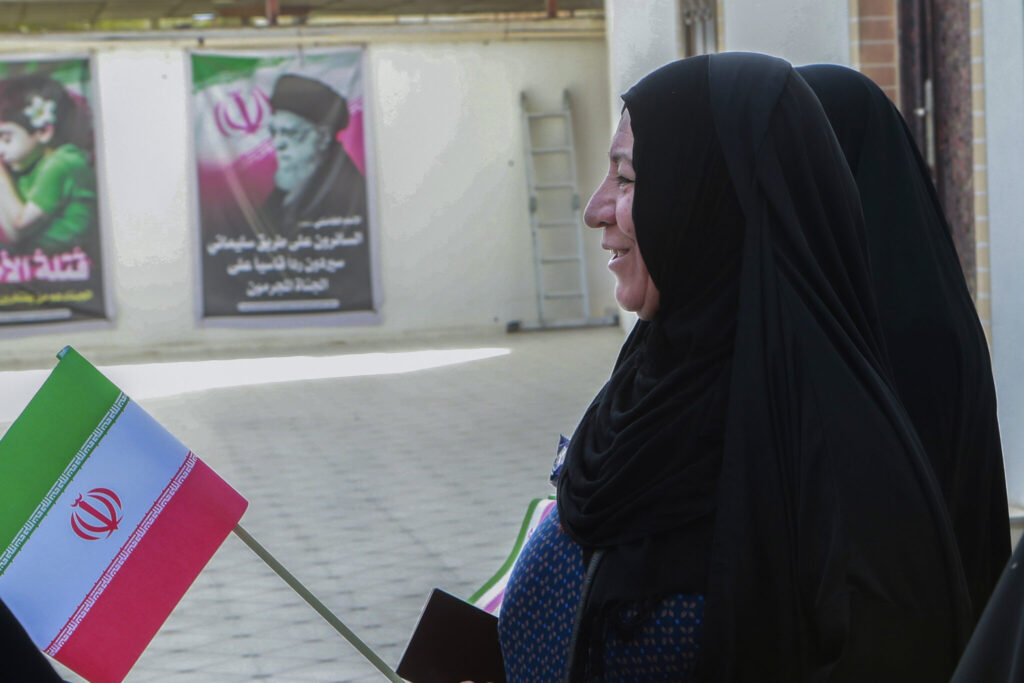
Jalili, once described by CIA director Bill Burns as “stupefyingly opaque” in negotiations, likely would have won outright had the three hard-liners not split Friday’s vote. Jalili is known as the “Living Martyr” after losing a leg in the 1980s Iran-Iraq war and is famous among Western diplomats for his haranguing lectures and hard-line stances.
Qalibaf, a former general in Iran’s paramilitary Revolutionary Guard and head of Iran’s police, had been thought to have a wider power base, despite being plagued by corruption allegations and his role in past violent crackdowns.
He quickly endorsed Jalili in conceding the result and criticized Pezeshkian for allying himself with President Hassan Rouhani and his former foreign minister, Mohammad Javad Zarif. The two reached Iran’s 2015 nuclear deal with world powers, which later collapsed after then-President Donald Trump unilaterally withdrew from the accord.
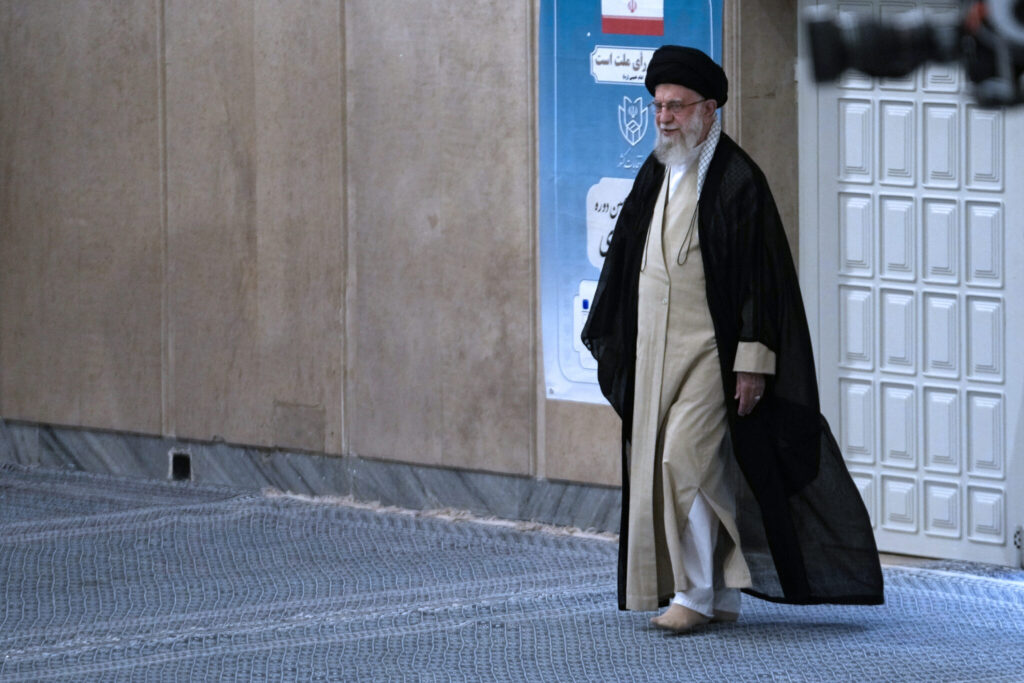
“The road is not over yet, and despite the fact that I respect Mr. Dr. Pezeshkian personally, … I ask all the revolutionary forces and my supporters to help stop the wave that is causing an important part of our economic and political problems today,” Qalibaf said in a statement.
Now the question becomes whether Pezeshkian will be able to draw voters into his campaign. On Election Day, he offered comments on outreach to the West after voting seemingly aimed at drumming up turnout for his campaign — even after being targeted by a veiled warning from Supreme Leader Ayatollah Ali Khamenei.
“Pezeshkian has been a generally underwhelming candidate,” the geopolitical consultancy Eurasia Group said in an analysis before Friday’s vote. “Should he qualify for a runoff, his position would weaken as the conservative voting bloc unites behind a single candidate.”
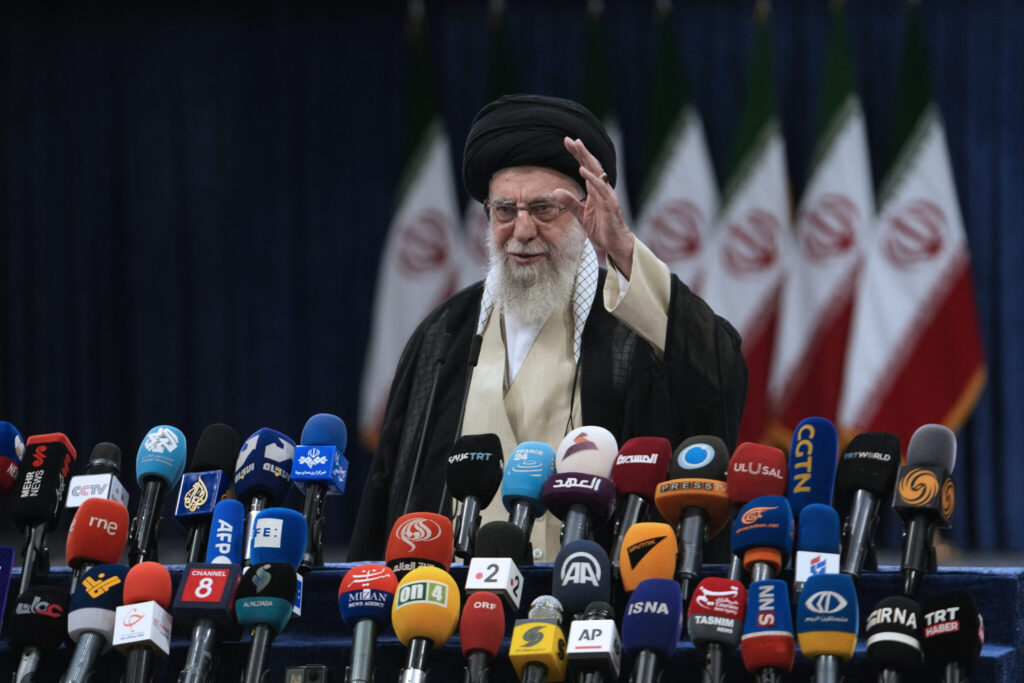
Raisi, 63, died in the May 19 helicopter crash that also killed the country’s foreign minister and others. He was seen as a protégé of Khamenei and a potential successor. Still, many knew him for his involvement in the mass executions that Iran conducted in 1988, and for his role in the bloody crackdowns on dissent that followed protests over the death of Mahsa Amini, a young woman detained by police over allegedly improperly wearing the mandatory headscarf, or hijab.
Friday’s vote saw only one reported attack around the election. Gunmen opened fire on a van transporting ballot boxes in the restive southeastern province of Sistan and Baluchestan, killing two police officers and wounding others, the state-run IRNA news agency reported. The province regularly sees violence between security forces and the militant group Jaish al-Adl, as well as drug traffickers.
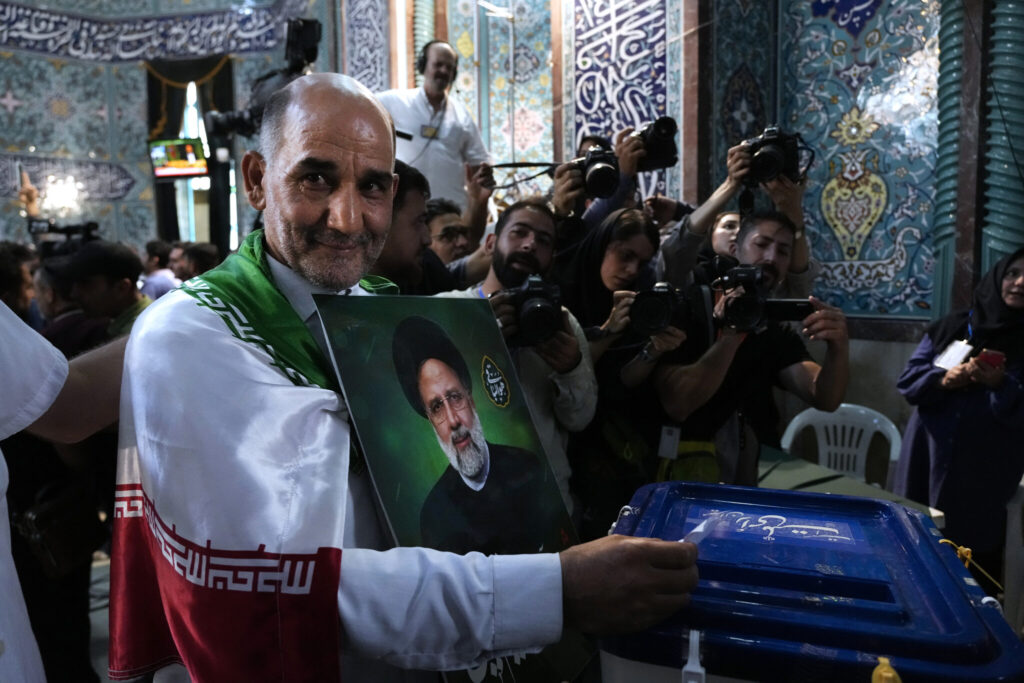
The runoff election comes as wider tensions have gripped the Middle East over the Israel-Hamas war in the Gaza Strip. In April, Iran launched its first-ever direct attack on Israel. Militia groups that Tehran arms in the region — such as the Lebanese Hezbollah and Yemen’s Houthi rebels — are engaged in the fighting and have escalated their attacks.
Meanwhile, the Islamic Republic continues to enrich uranium at near weapons-grade levels and maintains a stockpile large enough to build — should it choose to do so — several nuclear weapons.
Vakil said that “it’s going to rest on if the general public, that 60% who stayed home, are going to come out and protect themselves from those hard-line views” Jalili holds. “That’s what next Friday is going to be about.”



